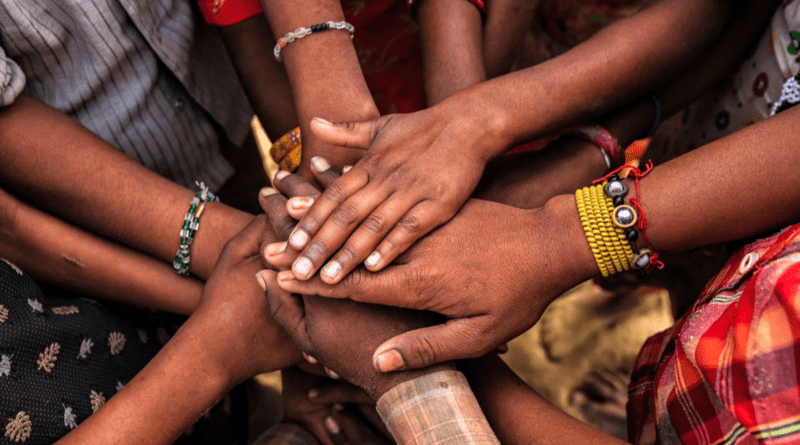Know The Spectacular Indian City As A Startling Masculine Construct
Gender stereotypes and norms have long occupied a central position in the discourse around the masculine construct. These norms mandate functional goals depending on an individual’s sex, with the result that sex-linked stereotypes appear in every functioning space. Due to the dearth of male involvement in family planning, Indian women are disproportionately burdened with the cost of contraception. The overwhelming consensus that “contraceptives are women’s business” is proof of this kind of masculinity in the reproductive domain.
The persistent patriarchy that defines conventional prescriptive norms for men and women, as well as the masculine sex ratio, are examples of the masculine aspects of Indian society. In every aspect of human existence, women have been striving for an equal and proper place in the world of men. Despite having similar abilities, men and women never fit together in terms of roles or functioning. Disparate societal standards and prescriptions for men and women, to which compliance and obedience uphold masculinity, are the source of these mismatches.
The functional ideals of gender norms and stereotypes, which are imposed by society, have taken centre stage in the discussion of masculine and feminine constructs. The descriptive aspect of these norms discusses the typical behaviours of men and women as well as the prescriptive standards that either sex is expected to follow. The notion that bravery and energy are characteristics of men and comfort and caring are those of women is a component of this stereotype. These ideas lead to the romanticization of unpaid care as essentially a female-only endeavour, which is seen with some benevolence. Any functional setting that displays these preconceptions and norms will be negatively sanctioned for breaking them.
The Indian city is hard to characterise because it is more akin to a chimaera than a single animal. A crossbreed is an unplanned, haphazard dance that spans space and continuously adds details that both disorient and structure the city as we know it. As a result, when author Sanjay Srivastava tries to explain how masculinity shapes Indian cities, he leads us into a world where men consume space through their decisions, relationships, and leisure activities. He combines popular culture analysis and ethnographic research to use masculinity as a social construct that claims areas inside the city’s networks, from the streets to the slums.
Srivastava “engages with the urban flux in order to domesticate its unsettling nature through gendered power,” which is a more type-based definition of masculinity than gender. According to the book, the “ethos of’metropolitanism'” that comes from prestigious boys’ schools is responsible for the layout of the modern metropolis. This is dubious merely because it generalises the school as a “trapdoor” for the development of urban post-nationalism—oof an egalitarian social order that transcends caste, status, and religion—bbut it still stands as the institution from which many leaders in all fields of Indian modernity arose. Was this the fraternal order that resulted in the construction of cities such as Chandigarh, emancipating itself from the historical constraints of colonialism? Or the DDA-constructed commercial and public housing complexes that served as a common symbol for Delhi’s nascent middle class? It may be argued that they lessened distinctiveness or, worse, created a mundane identity while minimising difference.




